LED Grow Light
is used for home garden, greenhouse, farm where need artificial lights for the plants.Idea for all phase of plant growth, and work well with indoor garden, hydroponics, horticultural and soil base.-
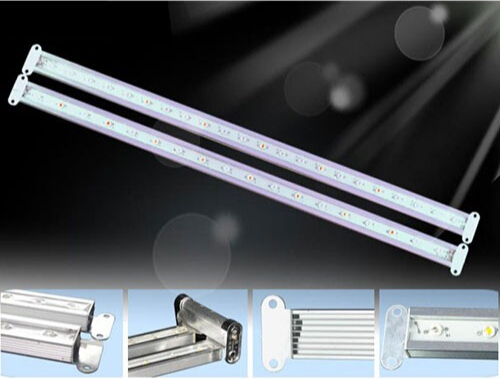
44w Waterproof LED grow light (IP68)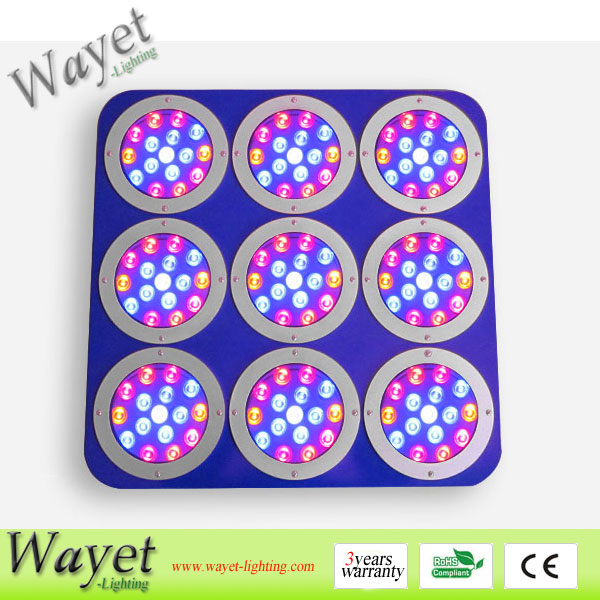
430w LED Grow Light (Module Adjustable)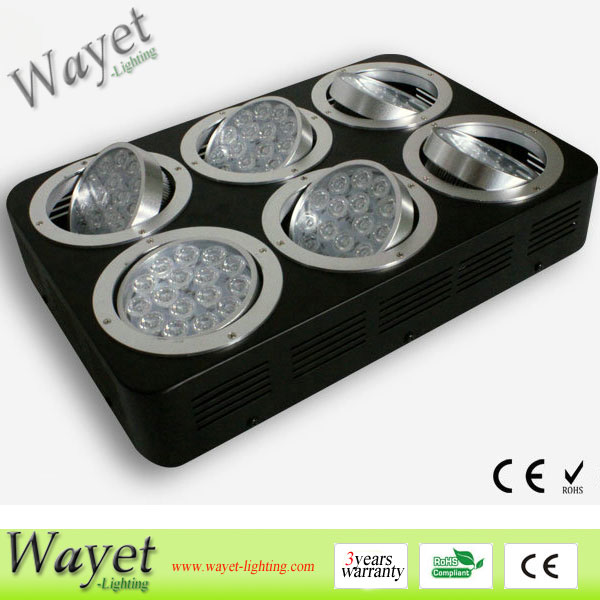
288w LED Grow Light (Module Adjustable)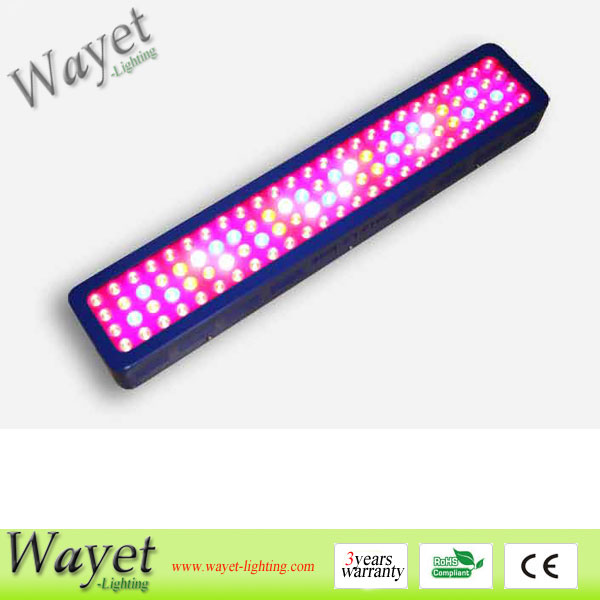
300w LED Grow Light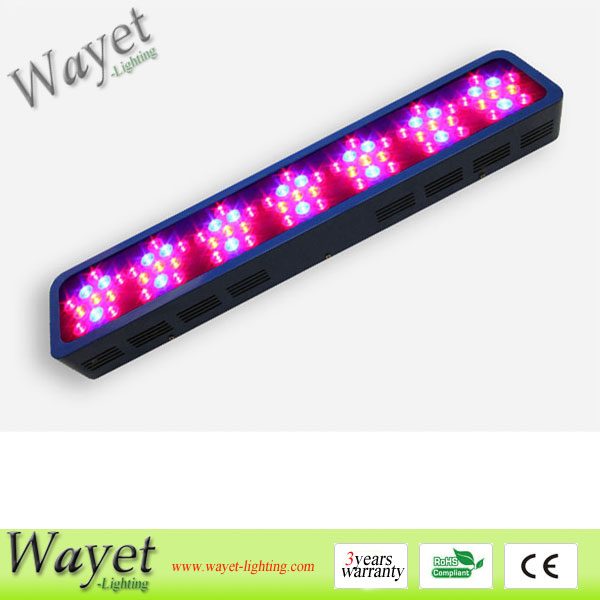
231w LED Grow Light
540w LED Grow Light (Veg./Bloom Auto-Control)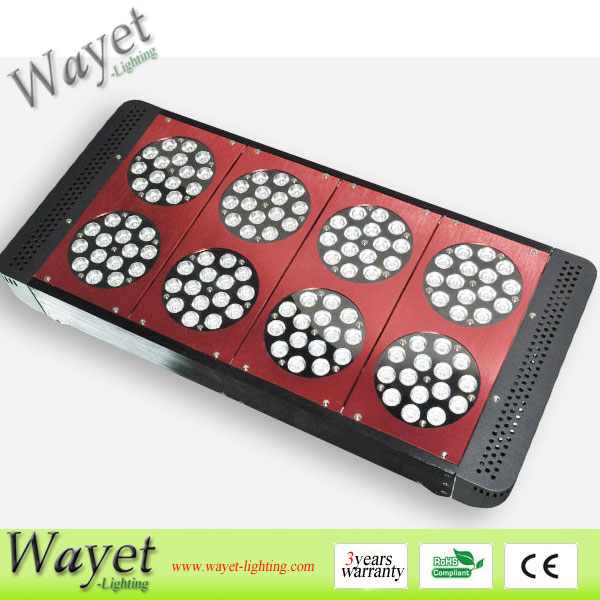
360w LED Grow Light (Veg./Bloom Auto-Control)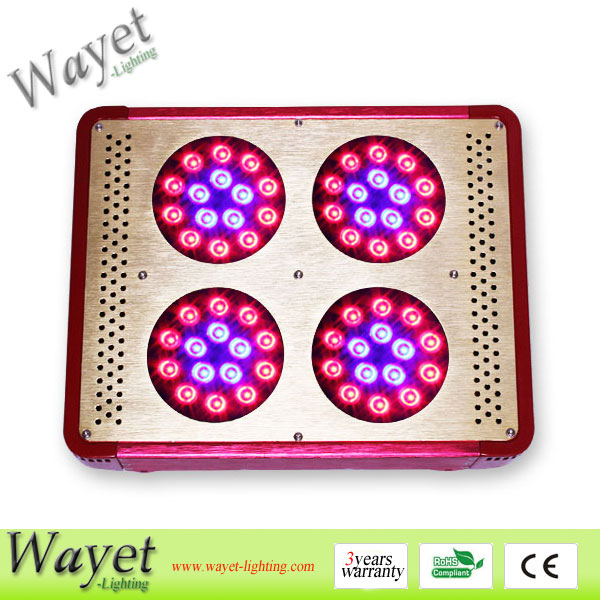
180w LED Grow Light (Veg./Bloom Auto-Control)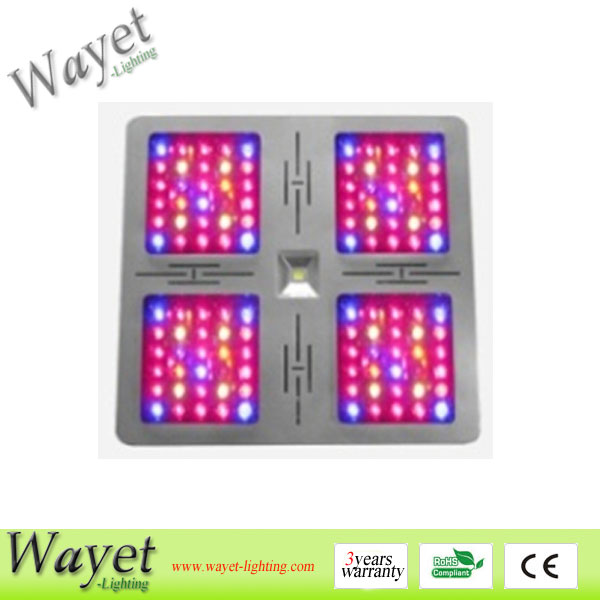
370w LED Grow Light (10watt LED chip)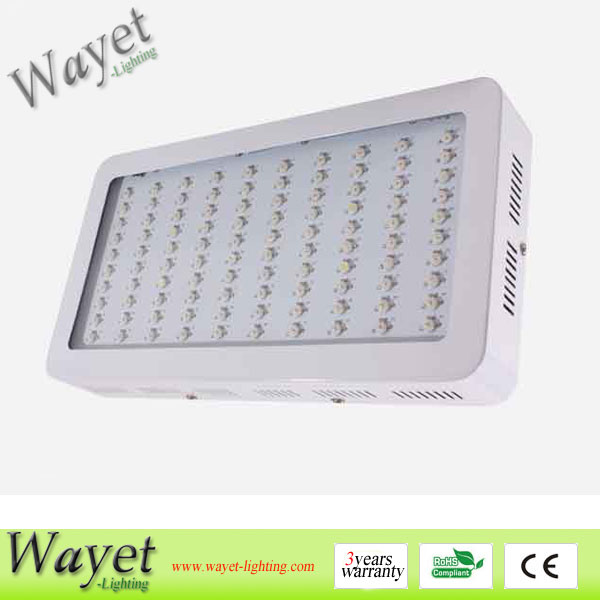
300w LED Grow Light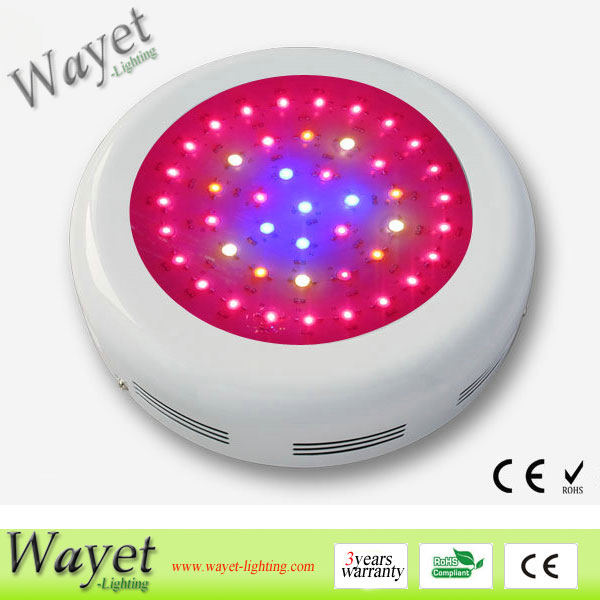
90w UFO LED grow light (3w LED chip)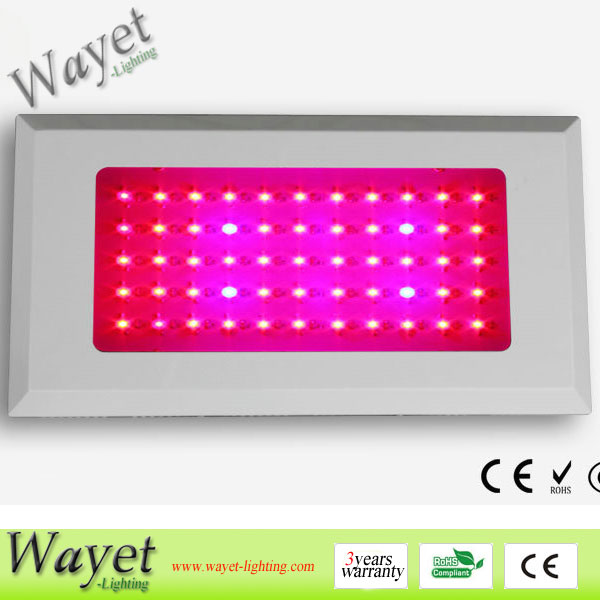
165w LED grow light (3w LED chip)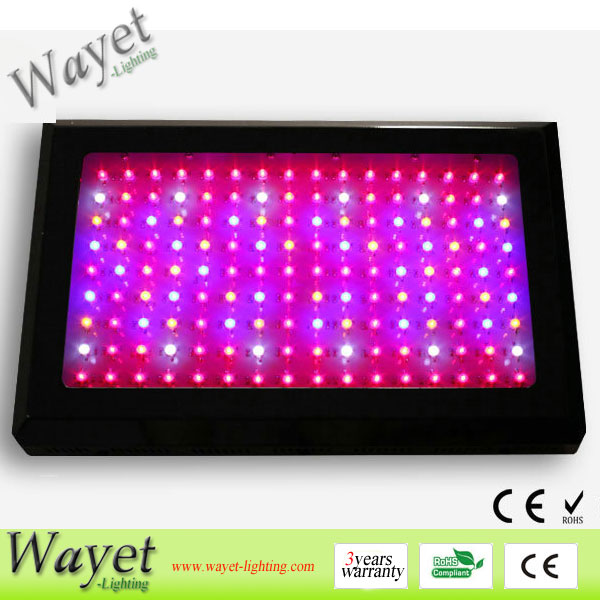
300w LED grow light (3w LED chip)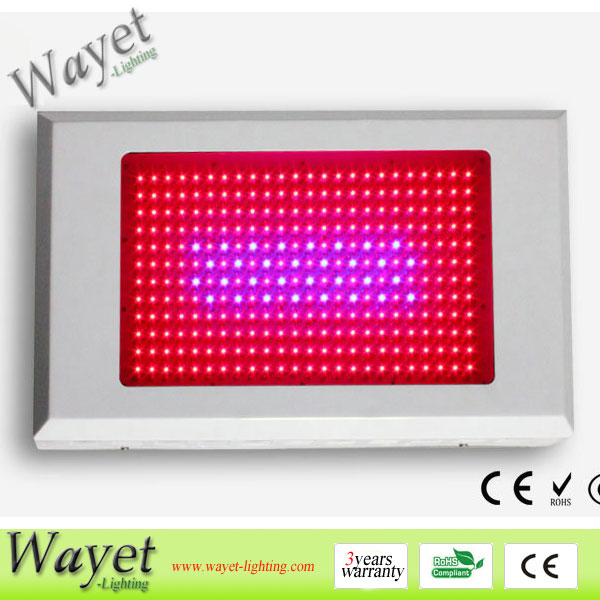
600w LED grow light (3w LED chip)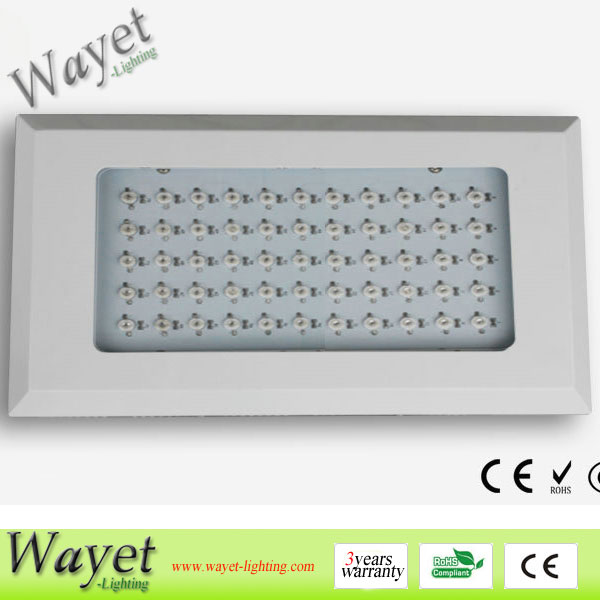
120w LED grow light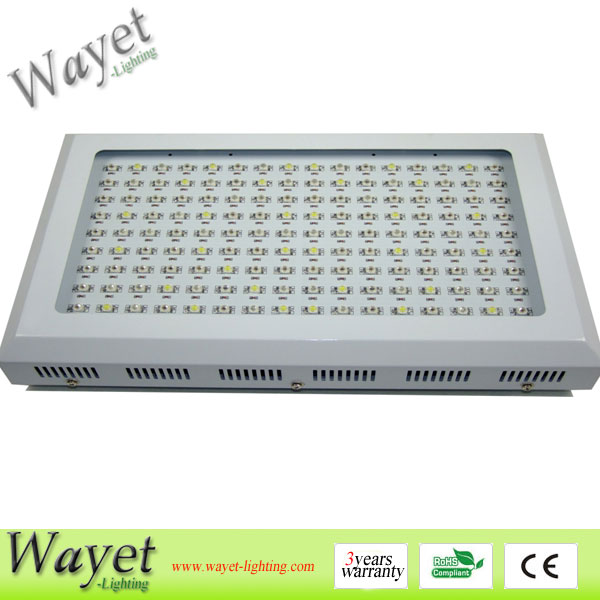
144X2W LED Grow Light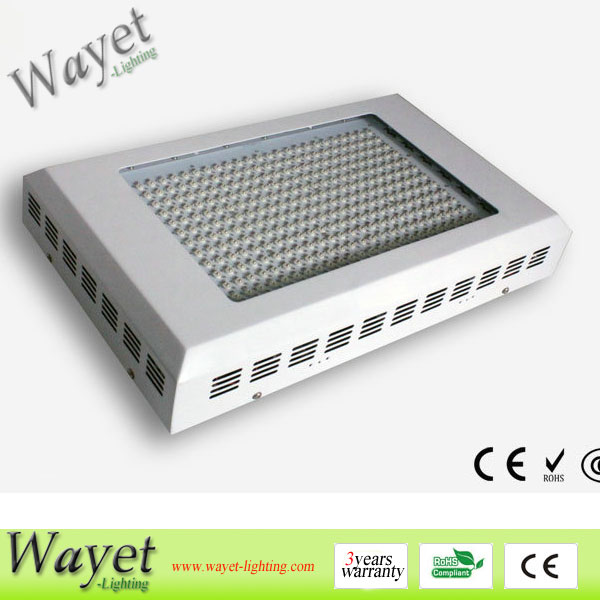
288x2w LED grow light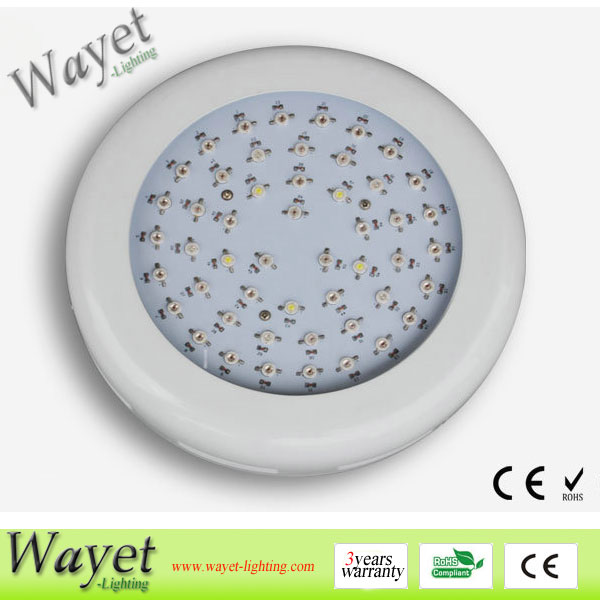
150w UFO LED grow light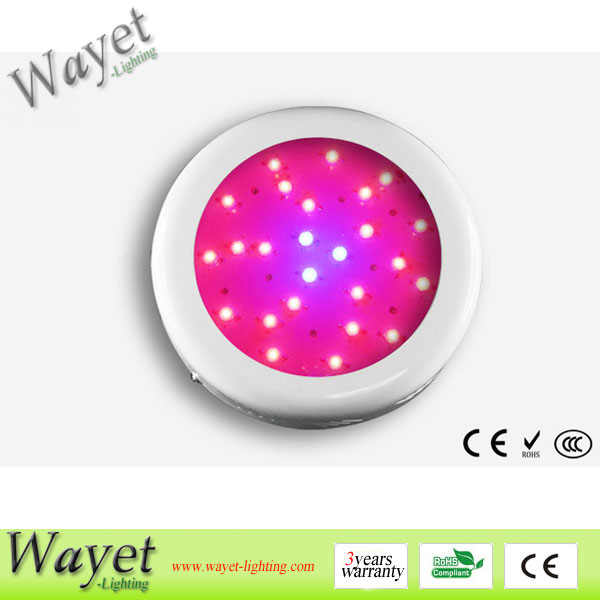
75w UFO LED grow light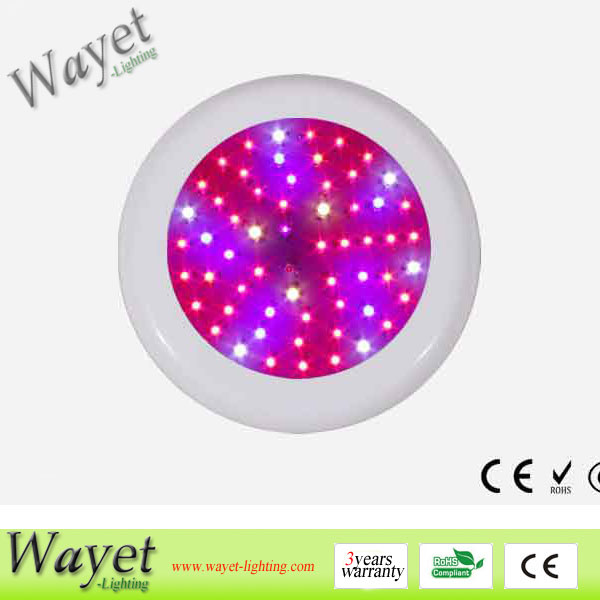
180w UFO LED grow light- Total 2 Page: [1] 2 End
LED Grow Lights Info
Recent advancements in LEDs allow production of relatively inexpensive, bright, and long-lasting grow lights that emit only the wavelengths of light corresponding to the absorption peaks of a plant's typical photochemical processes. Compared to other types of grow lights, LEDs are attractive to indoor growers since they consume much less electrical power, do not require ballasts, and produce considerably less heat. This allows LEDs to be placed closer to the plant canopy than other lights. Also, plants transpire less, as a result of the reduction in heat, and thus the time between watering cycles is longer.
There are multiple absorption peaks for chlorophyll and carotenoids, and LED grow lights may use one or more LED colors overlapping these peaks.
Recommendations for optimal LED designs vary widely. According to one source, to maximize plant growth and health using available and affordable LEDs, U.S. patent #6921182 from July 2005 claims that "the proportion of twelve red 660 nm LEDs, plus six orange 612 nm LEDs and one blue 470 nm LED was optimal", such that the ratio of blue light to red & orange light is 6-8%.
It is also often published that for vegetative growth, blue LEDs are preferred, where the light has a wavelength somewhere in the mid-400nm~470nm (nanometers). For growing fruits or flowers, a greater proportion of deep-red LEDs is considered preferable, with light very near 660 nm, the exact number this wavelength being much more critical than for the blue LED.
Early LED grow lights used hundreds of fractional-watt LEDs and were often not bright enough and/or efficient enough to be effective replacements for HID lights.Newer advanced LED grow lights may use high-brightness multiple-watt LEDs, with growing results similar to HID lights.
LED grow light is the absolute best choice for growing plants indoors. They offer the highest lumen to provide sufficient amounts of light to plants. The best LED grow light for growing plants are 300w LED grow light and 600w led grow light






